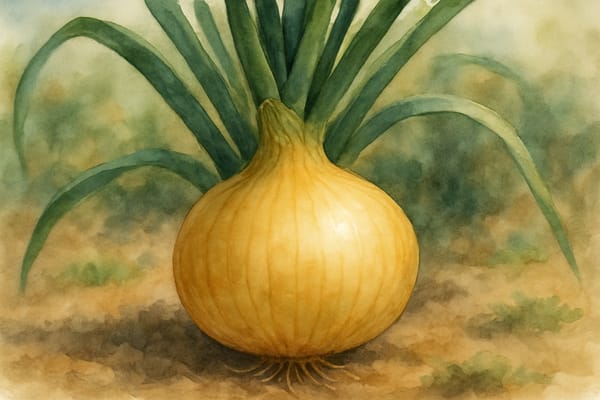Cornflowers, with their sky-blue blooms and cottage garden charm, are a delight in any Cornish border. They thrive in the wilder corners of a garden, weaving between other plants or adding height and colour to a cut flower patch. Though simple to grow, a little attention to detail when sowing and caring for them will reward you with a summer-long display.
Starting Cornflowers from Seed
When to Sow:
- Indoors: Start 4–6 weeks before the last frost (typically March–April).
- Outdoors: Direct sow from mid-April, after the risk of frost.
How to Sow Indoors:
- Fill seed trays or small pots with moist, fine seed compost.
- Sow seeds on the surface, covering lightly with 0.5–1 cm of compost or vermiculite — a little darkness helps germination.
- Cover with a plastic lid or bag until germination (7–14 days at 15–20°C).
- Once seedlings emerge, remove cover and place in bright light.
Growing On:
- When seedlings have two true leaves, prick out into larger pots.
- Grow in a bright, cool place.
- Harden off gradually before planting outside.
Planting Out and Care
Cornflowers love a sunny spot with free-draining soil. They perform well in poorer soils and can bring a touch of relaxed beauty to less cultivated areas.
- Space plants 10–15 cm apart.
- Water young plants well until established.
- Avoid rich feeding — this encourages foliage over flowers.
- Regular deadheading keeps blooms coming.
- Stake taller types in exposed spots.
Optimising Soil for Cornflowers
Choose a sunny site with well-drained, moderately fertile soil.
- Light, sandy, or loamy soils work best.
- Improve heavy soils with sand, gravel, or compost.
- Avoid overfeeding — too rich and you’ll get leaves, not flowers.
- Maintain a neutral to slightly alkaline pH (6.5–7.5).
- Prepare a fine tilth before sowing.
Protecting Young Plants
- Birds: Netting helps protect emerging seedlings.
- Slugs and Snails: Hand-pick, use barriers, or organic slug pellets.
Annual vs Perennial Cornflowers
Annuals (Centaurea cyanus):
- Quick bloomers — often within 10–12 weeks.
- Thrive in poorer soils.
- Need regular deadheading.
- Self-seed if left unchecked.
Perennials (Centaurea montana):
- Return each year from the root.
- Prefer slightly richer soil and regular mulching.
- Benefit from dividing every few years.
- May require staking and deadheading.
Quick Care Reminders
| Task | What to Do |
|---|
| Sowing | Indoors before frost / outdoors after |
| Light | Full sun |
| Water | Moderate, avoid waterlogging |
| Feeding | Minimal |
| Deadheading | Essential for prolonged bloom |
| Support | Stake if needed |
With thoughtful care, cornflowers bring a generous sweep of colour to Cornish gardens — perfect for informal borders, cutting patches, or even meadow-style planting. Their mix of ease, beauty, and tradition makes them a cherished choice for gardeners looking for low-fuss, high-reward blooms.











